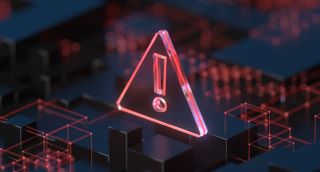In today’s fast-paced business environment, disruptions can occur at any time. Whether it’s a cyberattack, natural disaster, power outage, or public health crisis, businesses are vulnerable to a wide range of threats. Without the right plan in place, these disruptions can severely impact operations, damage your reputation, and result in significant financial losses. By creating a proactive business continuity plan (BCP), your organization can withstand and recover from unexpected events without essential operations shutting down.
A Disaster Recovery Plan (DRP) is a vital component of any organization’s business continuity strategy. In an increasingly digital world, where downtime and data loss can lead to significant financial and reputational damage, having a well-structured DRP in place is more critical than ever. We’ve created a practical checklist to walk you through the key components of a disaster recovery plan, so your business can quickly recover from unforeseen disruptions.
Modern cybersecurity threats can run the gamut from minor malware infections to devastating data breaches and ransomware attacks, many of which can bring daily operations to a grinding halt. Even with excellent cybersecurity measures in place, no organization is completely immune to cyber incidents. Cybercriminals are constantly evolving their tactics, making it crucial for businesses to not only have preventive strategies but also a well-defined incident response plan (IRP) for responding to and recovering from incidents when they occur.
Ransomware attacks continue to rank among the most disruptive and costly forms of cybercrime. These types of cyber threats have evolved rapidly, growing not just in their frequency but also in complexity and impact. As cybercriminals sharpen their tactics, it is essential for organizations to understand how ransomware spreads and what can be done to stop it. The faster you can identify and contain the threat, the better your chances of minimizing damage.
From data breaches to ransomware attacks, cybersecurity incidents of all kinds can cause staggering financial fallout. For many businesses, even a single event can trigger overwhelming legal fees, recovery costs, lost revenue, and long-term reputational harm. So, it should be no surprise that cyber insurance has become a growing priority across industries—not just as a safety net, but as a strategic part of a broader risk management plan.
As cyber threats grow more advanced and persistent, reactive security strategies are no longer enough. Today’s organizations need real-time, continuous visibility into their systems to detect vulnerabilities, misconfigurations, and potential breaches before they escalate. That’s where continuous security monitoring comes in – a proactive approach that allows businesses to stay ahead of threats, improve their risk posture, and make informed decisions about their cybersecurity readiness.






